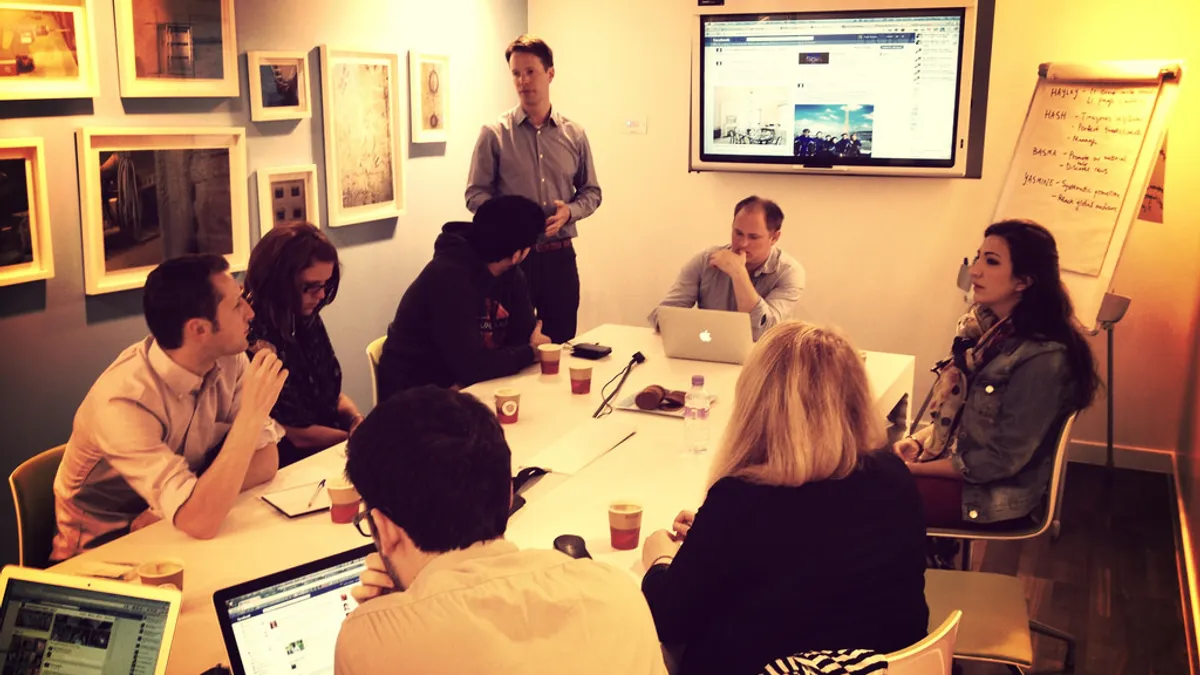Dive Brief:
- HR leaders must tap into industry data and market trends when making decisions about talent, says Roy Maurer for SHRM, along with several other experts.
- CareerBuilder's CHRO Rosemary Haefner told SHRM that tracking data can improve HR's ability to identify critical skills." CEB research also shows that 70% of key employees indicate their job roles change every 2-3 years.
- Along with understanding that jobs are continually evolving and new skills will be needed, HR needs to anticipate new skills and put steps in place to ensure internal development is preparing employees for the future.
Dive Insight:
Most human resource professionals know that recruiting for new and in-demand skills needs to happen on an ongoing basis. But more HR departments may need to look inward as employee roles and responsibilities change to ensure present employees are ready. Skills can quickly become obsolete, making things more difficult for the organization to compete in any industry.
HR leaders are tasked with using readily available workforce skill data to conduct planning on a regular basis, and then devise a plan of action to reduce skill shortages. Workforce learning prepares employees for both vertical and horizontal moves within an organization, and has been shown to improve retention rates dramatically.
Therefore, training should be at the heart of all workforce plans. A variety of tech solutions have sprung up to help assist organizations in making learning accessible, including the use of MOOCs, video and mobile apps.











